An average automobile tire can travel around 30,000 kilometers before they need to be replaced. Tires that have reached the end of their lifetime are usually recycled, but in Kuwait, they are dumped into one of the biggest landfills on earth in Sulaibiya area near Kuwait City. Every year gigantic holes are dug out in the desert and filled with old tyres. There are already seven million tires out there. The expanse of rubber is so vast that they are now visible from space.
The tires arrive from both Kuwait and other countries. Four companies are currently in charge of the disposal of the tires - and are believed to be recompensed handsomely for their efforts.
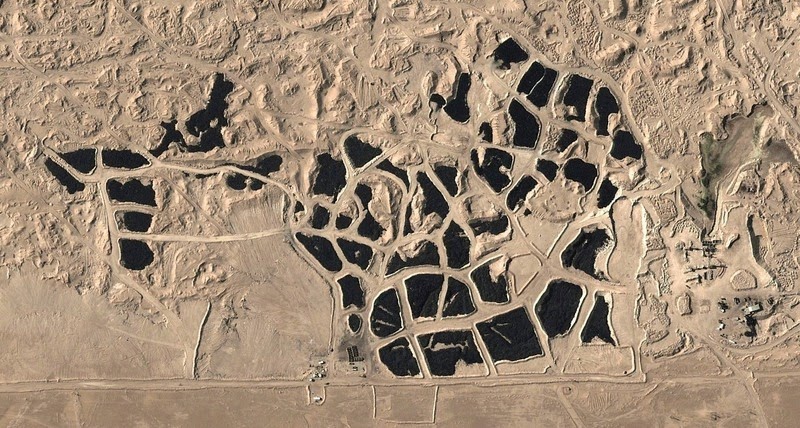
Satellite picture of the tire dump in Sulaibiya, Kuwait.
Discarded tires are among the largest and most problematic sources of waste, due to the large volume produced, their durability, and the fact they contain a number of components that are environmentally damaging. During the 1980s and 1990s, 259 million tires were discarded annually. In the year 2000-2001, the United States and countries of the European Union disposed off 5 million tonnes of tires - the equivalent of one passenger car tyre per person. One-fourth of these end up in landfills. Others are recycled, burned as fuel or re-treaded and exported to countries in Eastern Europe, Africa and Latin America. The U.S. state of Florida once attempted to create an artificial reef out of discarded tires. The project failed terribly and has since become an environmental nightmare that will cost millions of dollars to rectify.
Materials from properly recycled tires are used for a variety of uses including a children's playground, running tracks, artificial sports pitches, fuel for cement kilns, carpet underlay, equestrian arenas and flooring. Tires can also be usefully recycled and re-purposed into flood defences. If waste tires are in good condition, they can be re-molded and put back on the road as "re-treads."
A large percentage of disused tires are simply burnt for fuel. The calorific value of tires exceeds that of coal, while the sulphur content is in the same order of magnitude or even lower, making them an excellent substitute for coal.
Landfilling is probably the least desired because they occupy large space. Tires can also trap methane gases posing serious fire hazards. In fact, fires outbreaks in tire landfills are common occurrences.
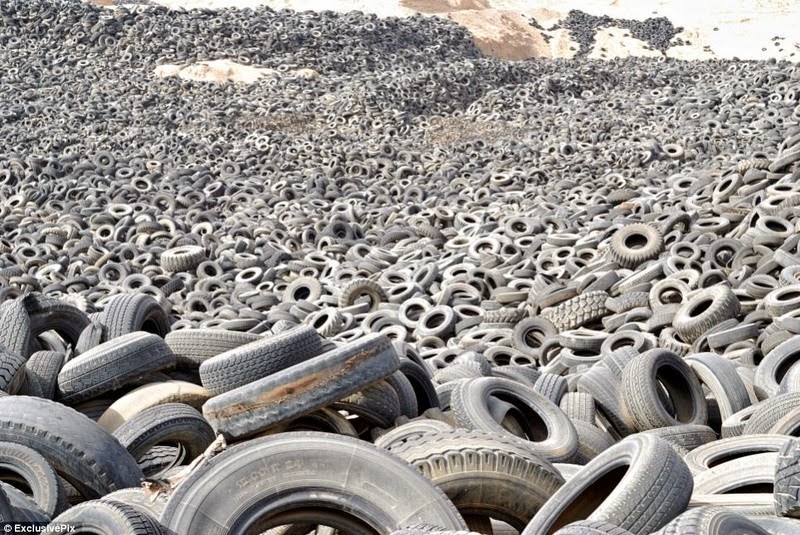
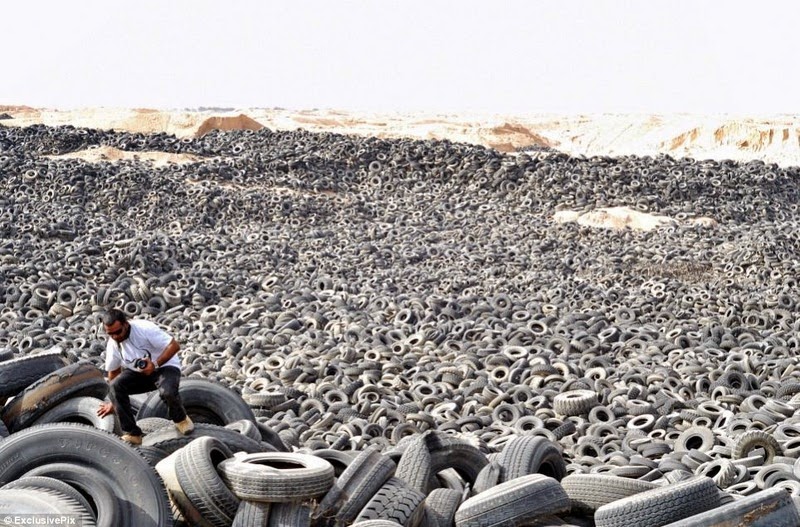
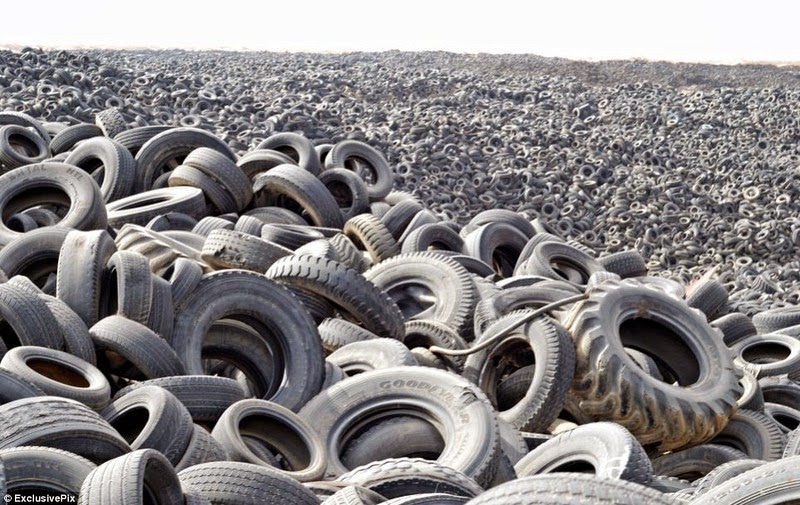
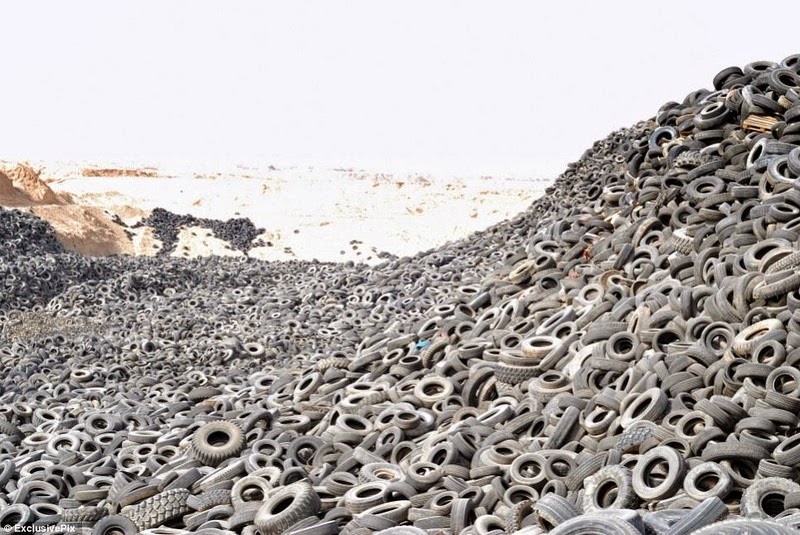
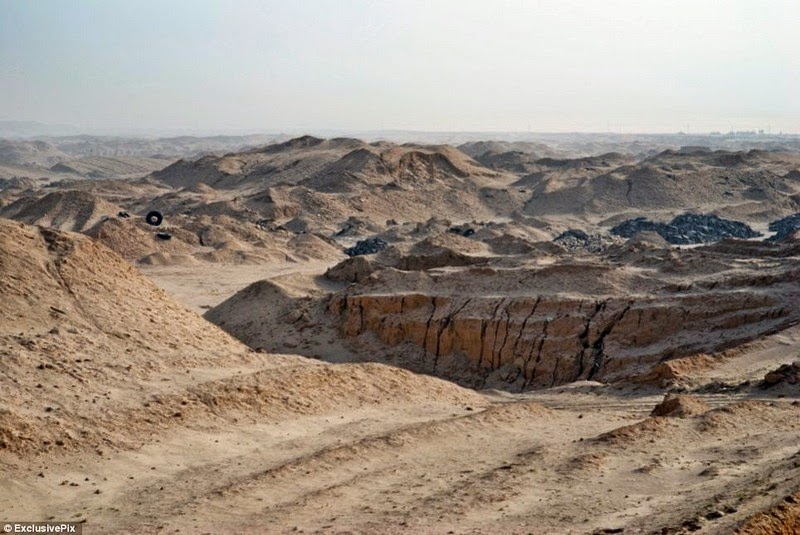
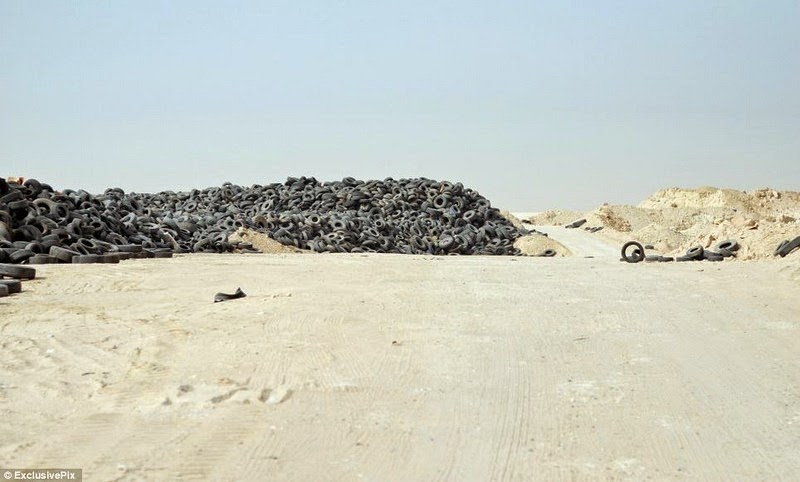



dog?
ReplyDeletehi!
ReplyDeleteAt Hunter Tires our mission is to earn and develop long lasting relationships with our customers and business partners, through responsive actions, a dedication to quality and the highest standard of manufacturing.